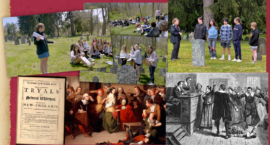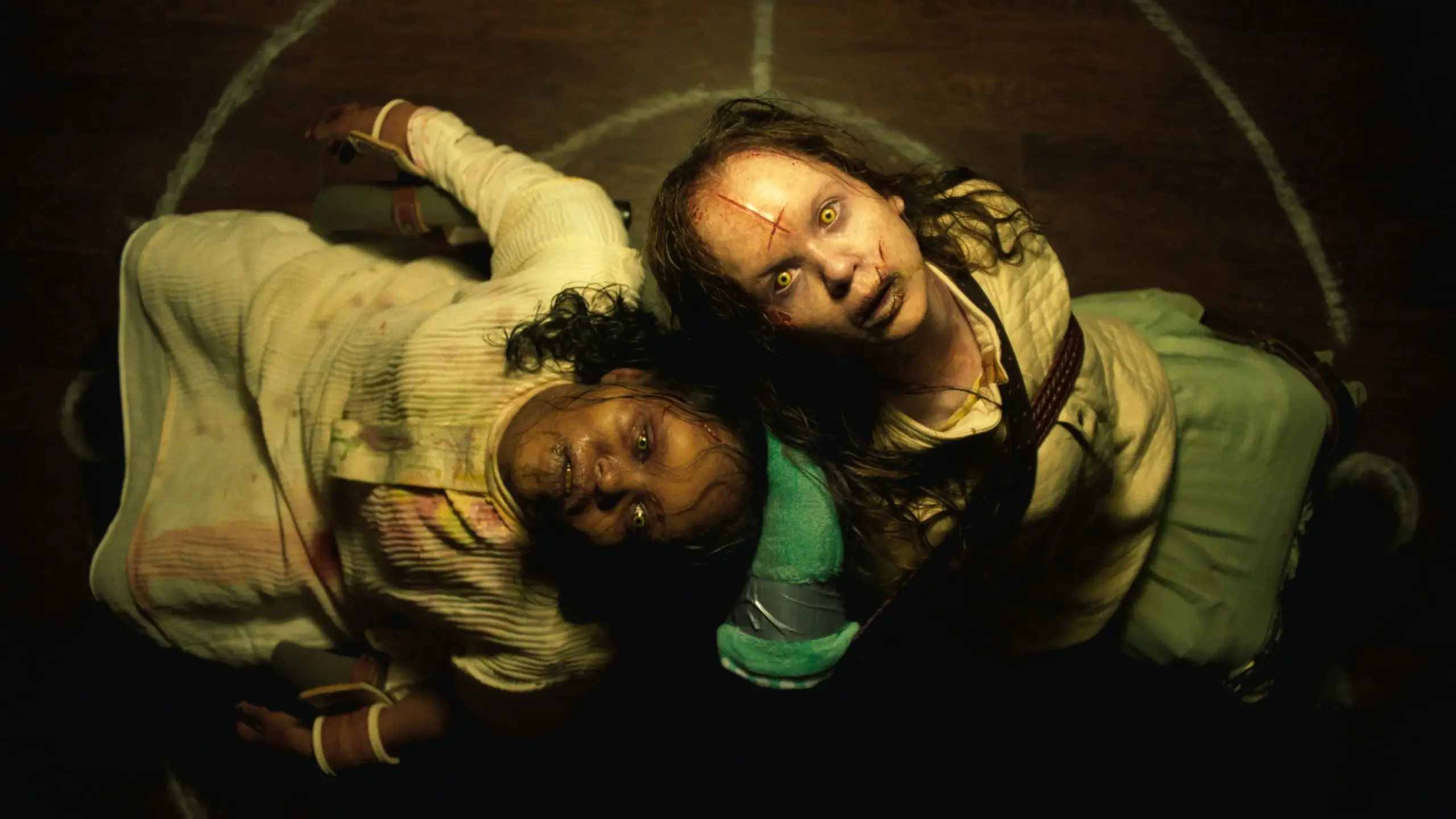More than 300 years after the Salem witch trials, a class of middle schoolers helped exonerate the sole remaining woman legally classified as a witch.
Originally expected to be a simple class project, the path to clearing Elizabeth Johnson Jr.’s name took three years and the help of a Massachusetts state senator, Diana DiZoglio (D). Unwed women were viewed with suspicion at the time of the trials, and many individuals convicted were later exonerated by their own descendants. With no descendants to clear her name, Johnson’s wrongful conviction remained in place—making her the last remaining witch in Salem history—until Carrie LaPierre’s class came to her aid.
Filmmakers Annika Hylmö and Dawn Green tell this story in their upcoming documentary, The Last Witch.












